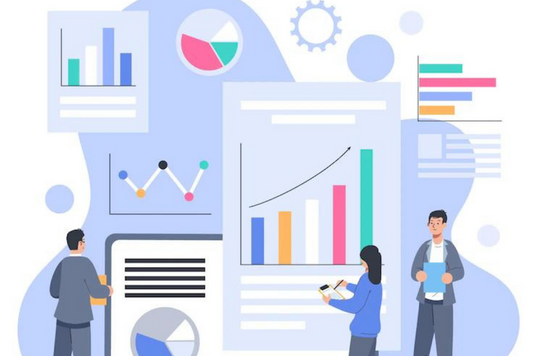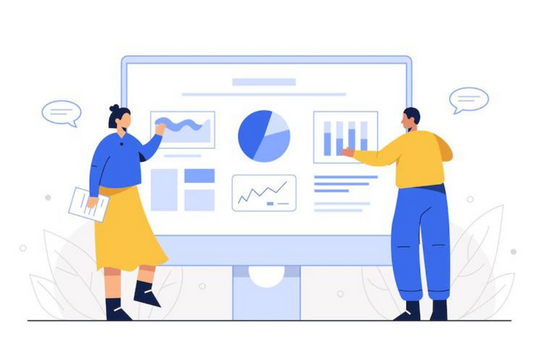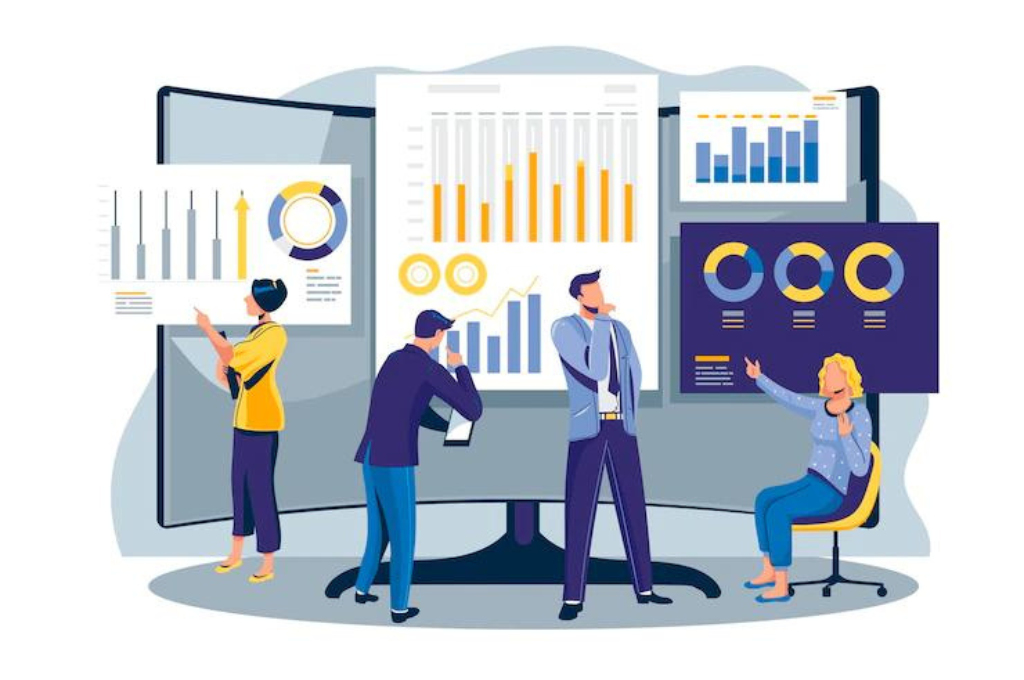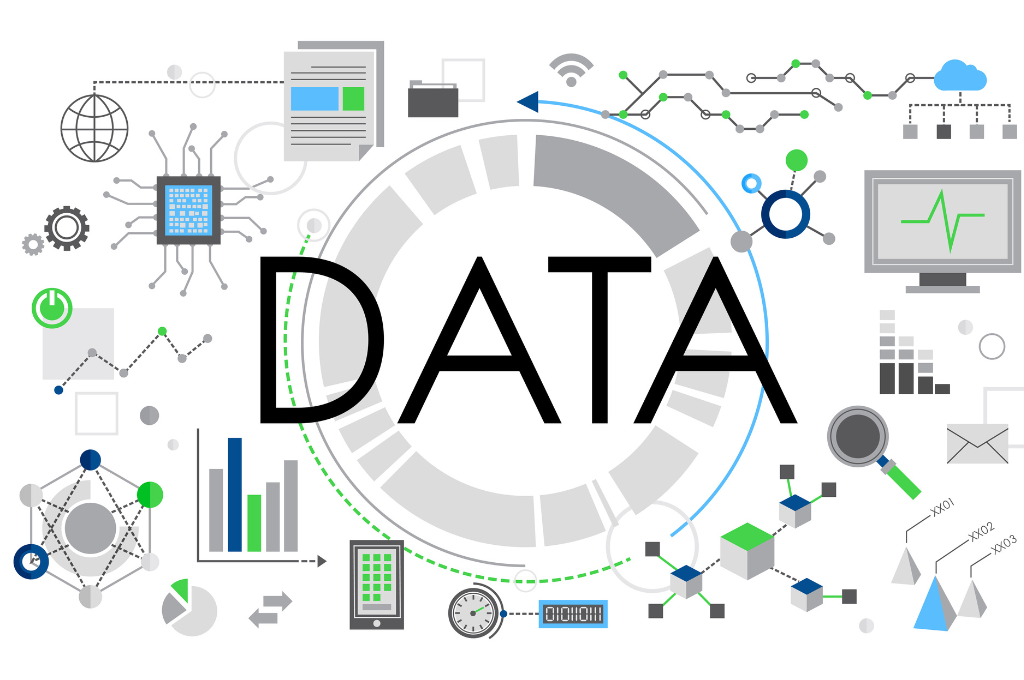Rapid digitization has facilitated businesses to achieve their milestones timely. In order to grow the enterprise, initiating a data-driven culture is essential for CEOs to make effective decisions. Business Intelligence (BI) and analytics can help owners to use various tools and collect information from various sources, highlight trends, and make connections between multiple data points.
As per Technavio’s market research report, the BI market size will grow at a CAGR of 7.84% for the forecasted period (2022-2026), exhibiting an incremental growth of around $10.38 B. Hence, BI solutions have the transformative power to facilitate experts in making better decisions while securing a competitive advantage in the market.

Top 5 Trends Of Business Intelligence & Analytics For The Corporate World
Business Intelligence (BI) is a subset of business analytics that uses structured data to extract meaningful insights, facilitating the exponential growth of corporations. In this light, there will be a change in how experts want to utilize BI tools & platforms in 2023.
The following are 5 major shifts for professionals to keep in perspective.
Trend #1 Improving Data Literacy to Support Effective Decision-Making
Nowadays, data plays an important role in making strategic decisions. As a collaborative tool, in-depth understanding and application of data have become essential factors to succeed in the corporate world. In this light, digital literacy and dexterity go hand in hand. BI also provides a solution to big data in the form of data analysis process. As per Gartner, digital dexterity is the ability of teams and organizations to utilize technology for efficient business outputs. According to Gartner’s Annual Chief Data Officer Survey, lack of data literacy is one of the major obstacles to achieving business milestones. By 2023 and onwards, data literacy will become a key factor in adding value to businesses. In this case, the availability of self-service BI tools will help tackle large datasets, AI, and augmented analytics. Consequently, this approach has made data literacy the base of a flourishing data-driven culture.

Trend #2 Using Top-Notch Data Quality Management Frameworks
Data Quality Management (DQM) groundwork will become prevalent in the coming years within enterprises. In this case, more data will be available for the validation and efficient utilization. In order to capitalize on increasing data growth, business experts will be able to use reliable data quality frameworks while gathering actionable insights through effective protocols. Industries are now looking into the prospects of moving to a data-driven establishment.
According to a report, Gartner predicts that in the next 5 years, 70% of corporations will monitor data quality through various metrics, improving it by more than 50% while reducing business expenses.
Trend #3 Utilizing Predictive Analytics For Fraud Prevention
Predictive analytics tools will become more accessible in 2023 for enterprises. As per Allied Market Research, the global predictive analytics market will reach financial growth of around $35.45 billion by 2027, showing a CAGR of 29.1% between 2020-2027.
Using large amounts of data will increase the accuracy of predictive analytics. This will undoubtedly become a powerful weapon against identity theft & Account Take Over (ATO) fraud. For this purpose, monitoring the online activities of users over an extended period of time can create a strong behavioral profile. This data can serve as a baseline and generate a score for ID authentication. This approach can help professionals understand market dynamics while reducing Two-Factor Authentication (2FA) challenges to provide unbeatable security for users.

Collaboration between various enterprises is essential for active fraud prevention. A good BI system identifies key trends and patterns in your business data to help you make important connections between different aspects of your business that may otherwise seem invisible or irrelevant. For instance, banking service providers can share threat intelligence on email mule accounts to discourage money laundering through KYC verification. The more data there is, the better BI predictive analytics can highlight patterns in user behavior to distinguish between hackers and genuine users.
You May Read Also:
Why You Need a Business Intelligence Consultant
Business Intelligence Reporting and Data Analysis: Microsoft’s Business Intelligence Software Stack
Business Intelligence and Business Process Automation
Trend #4 Adopting Cloud-Based Services
Several business experts will opt for cloud computing strategies to perform services efficiently. The use of cloud-based solutions will increase when several businesses would want to ensure a positive experience for their customers while securing a competitive advantage in the market. This can lead to significant cost reduction and ensure companies always employ the latest security technologies.
As per Fortune Business Insights, the global cloud computing market size will reach around $791.48 B by 2028, showing a CAGR of 17.9% between 2022-2028. Hence, this progressive approach has the power to transform the business landscape in the next five years.

Trend #5 Making Use of Mobile Business Intelligence
Multinational corporations worldwide want their employees and clients to access their platform from anywhere in the world. For this reason, BI vendors will offer more sustainable and positive mobile experiences to customers. According to the Mordor Intelligence report, mobile BI will achieve a CAGR of 22.43% during the forecast period (2021-2026).
Smartphones with Artificial Intelligence & Machine Learning (AI & ML) capabilities will represent the growth in the mobile business intelligence field. According to a report by Market Research Future, the mobile BI market will achieve around $61.15 B by 2030, displaying a CAGR of 23.14% from 2020 to 2030. In light of current statistics, mobile feature developments, and increasing local market investments, working on dependable mobile solutions will be a pragmatic step for businesses.
Final Thoughts
In the next five years, businesses will be looking to streamline their BI tools and analytics segments. The business intelligence & analytics landscape will extract meaningful insights from the data and facilitate professionals in daily operations. This advanced approach has the power to support the growth of all industries worldwide. In this light, the utilization of AI-driven BI will help experts in careful planning and decision-making for exponential business growth.




























